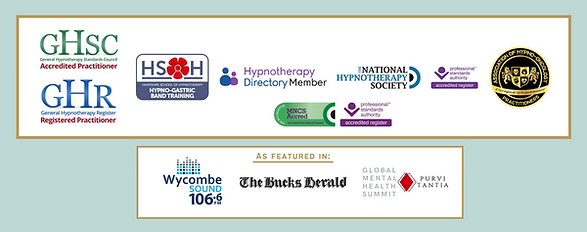07969 416648
Hypnotherapy
Hypnotherapy is a powerful tool for unlocking the potential of your subconscious mind to bring about positive change in your life.
Whether you are struggling with stress, anxiety, depression, or other challenges, hypnotherapy can help you access deeper parts of your mind, allowing you to reframe negative thoughts and behaviours.
My goal is to guide you through this transformative process, helping you achieve a state of balance and well-being.
During our hypnotherapy sessions, you will experience a deeply relaxed state where your mind becomes more open to positive suggestions and new perspectives.
This state of focused relaxation can help you address a wide range of issues, from overcoming fears and phobias to managing pain and improving sleep.
Hypnotherapy is also effective for breaking habits, enhancing self-confidence, and promoting overall emotional and physical health.
Each session is tailored to your individual needs, ensuring that you receive the most effective and personalised care possible.
I use advanced hypnotherapy techniques to help you tap into your subconscious mind and make meaningful changes.
By accessing this deeper level of consciousness, you can uncover the root causes of your issues and replace negative patterns with positive ones.
My approach is compassionate and non-judgmental, creating a safe space for you to explore and heal.
If you're ready to harness the power of your subconscious mind and make meaningful changes in your life, I'm here to help.
Take the first step by reaching out to me today. My hypnotherapy services are available both in-person and online, offering flexibility to fit your schedule and preferences.
Together, we can work towards a healthier, more balanced future for you. Embrace the opportunity to transform your life with the support and guidance of hypnotherapy

"Through the power of hypnotherapy, we can tap into the subconscious mind to unlock our true potential, heal deeply rooted issues, and create lasting positive change."
.png)



